-
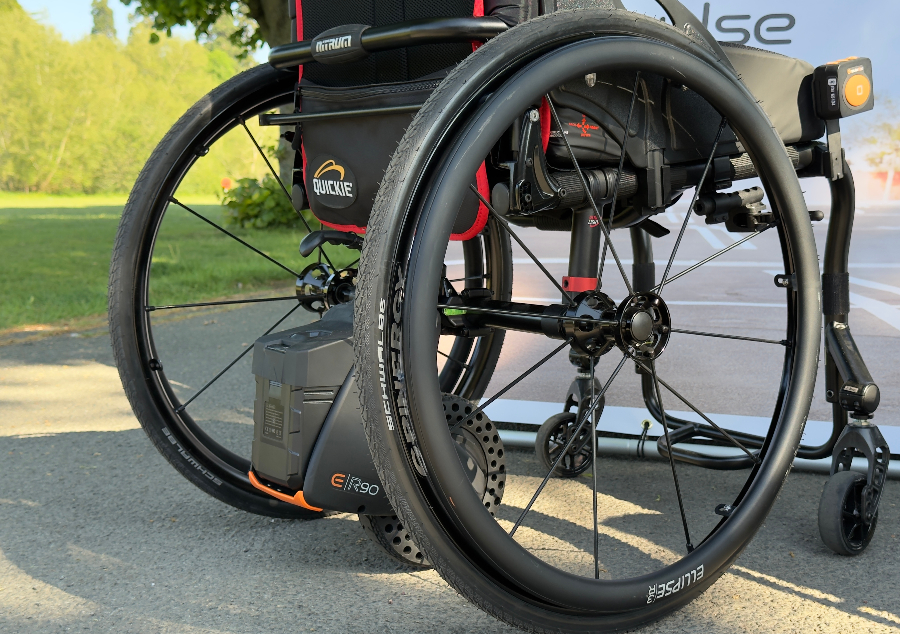
Mobility solutions provider launches seven new products that enhance accessibility
•
Mobility solutions provider Sunrise Medical has unveiled seven new products, designed to revolutionise mobility solutions at its Elite Dealer launch event. Hosted at Warwickshire Walton Hall Hotel & Spa, the event featured the latest mobility solutions from Sunrise Medical’s Magic Mobility, Empulse, Sterling and Quickie brands, with over 100 prescribers attending from 40 Elite retailers…
-
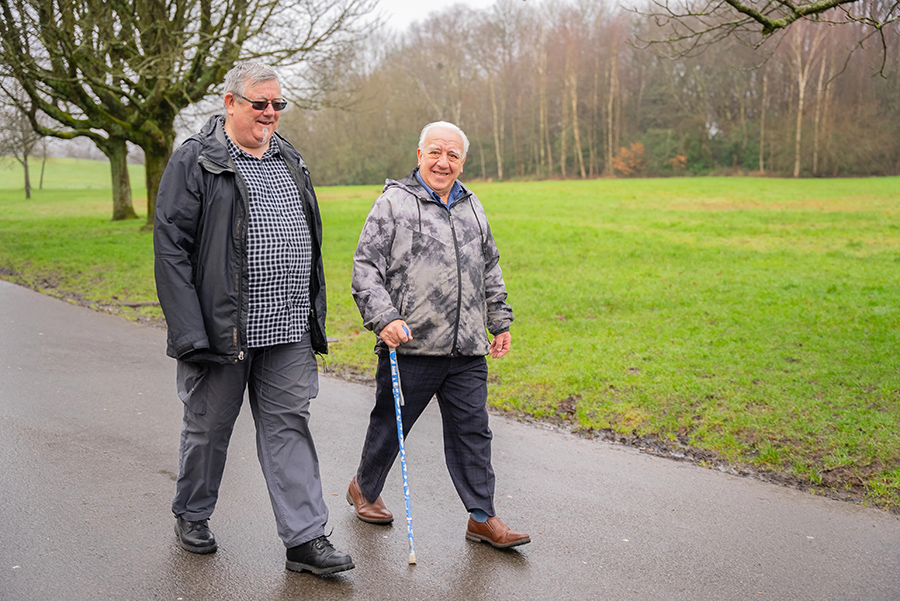
Positive self-perceptions about ageing linked to better recovery after a fall, study shows
•
A research study from Imperial College London and Coventry University has revealed that there is a strong association between an older person’s view of how they are ageing and how well they will physically recover after a fall. The study findings suggest how important psychological factors may be in post-fall physical recovery. In the…
-

BHTA FOI sheds light on NHS Supply Chain’s price increase requests from suppliers
•
The British Healthcare Trades Association (BHTA) has acquired important information from NHS Supply Chain through a Freedom of Information (FOI) request submitted to Supply Chain Coordination Limited (SSCL), the organisation responsible for managing NHS Supply Chain operations. The FOI request sought clarity on how many price increase requests are submitted by suppliers to NHS…
-
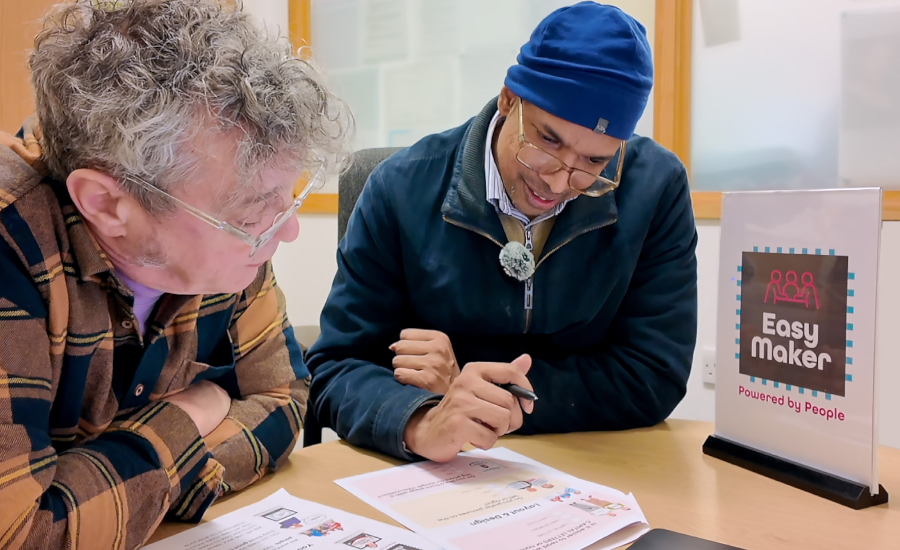
New AI tool for people with learning disabilities converts information into easy read formats
•
In a “breakthrough” for accessible design, UK-based organisation Photosymbols has launched EasyMaker, a new AI-powered tool created in collaboration with people with learning disabilities. Built around real-world needs, EasyMaker converts complex information into easy read formats in minutes: combining clear language and tailored images into accessible formats, including PDF, audio, Plain English, mobile, and…
-
-
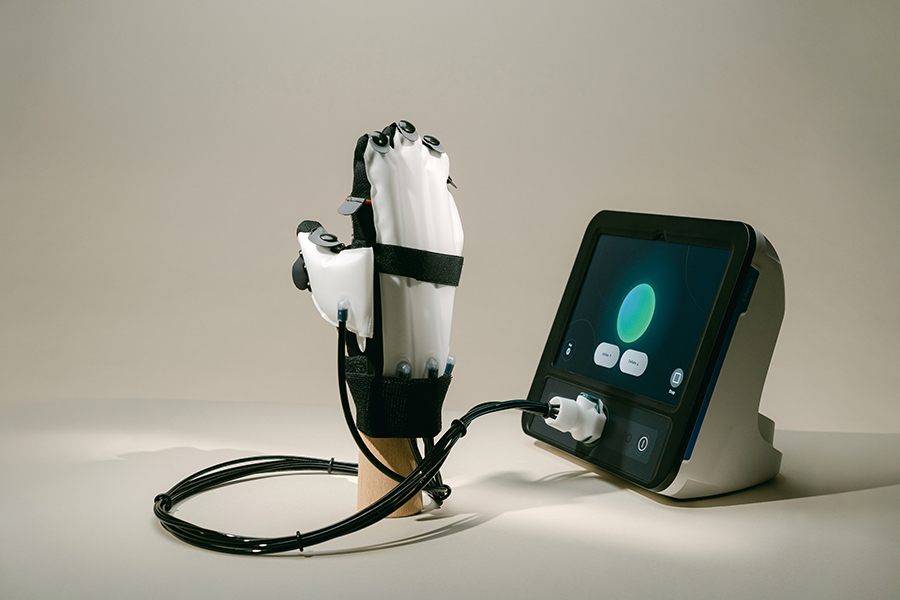
Portable modular solution aims to transform therapy through soft robotics and gamified exercises
•
Medtech startup Bioliberty has launched Lifehub Clinic, which is a portable, modular solution to assist therapists with delivering high-intensity, engaging therapy in clinical settings. This system will serve as a hub for a portfolio of Bioliberty soft-robotic wearables and gamified therapy solutions to address unmet needs in patient recovery following neurological injury or impairment.…
-
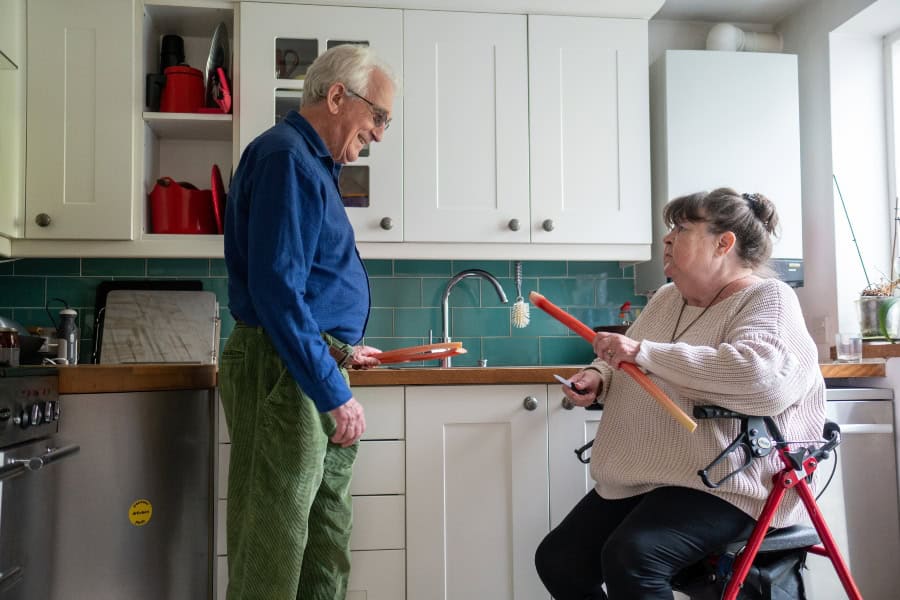
New project will focus on the potential of OTs in influencing housing outcomes
•
The Royal College of Occupational Therapists (RCOT) has commissioned Foundations to work on ‘Housing Without Delay,’ a collaborative project that broadens the scope beyond adaptations, focusing on the critical role of occupational therapists in housing. ‘Housing Without Delay’ aims to integrate the home environment into all occupational therapy interventions. This initiative is not merely…
-

Northern Ireland invests in 93 training places for occupational therapy for 2025/26
•
Health Minister Mike Nesbitt Health Minister Mike Nesbitt has announced a significant package of investment in Northern Ireland’s health and social care (HSC) workforce, with a major focus on expanding student training places for future allied health professionals (AHPs). Importantly, this includes 93 pre-registration training places for occupational therapy in 2025/26. In 2024/25, the…
-

More housing association tenants in Scotland will benefit from independent living technologies
•
The Scottish Government has announced that the budget for a programme that uses technology in housing to help older people remain independent for longer will more than double this year from £8.2 million to £20.9 million. This means more housing association tenants will benefit from the Registered Social Landlord Adaptations Programme, a preventative model…
-
